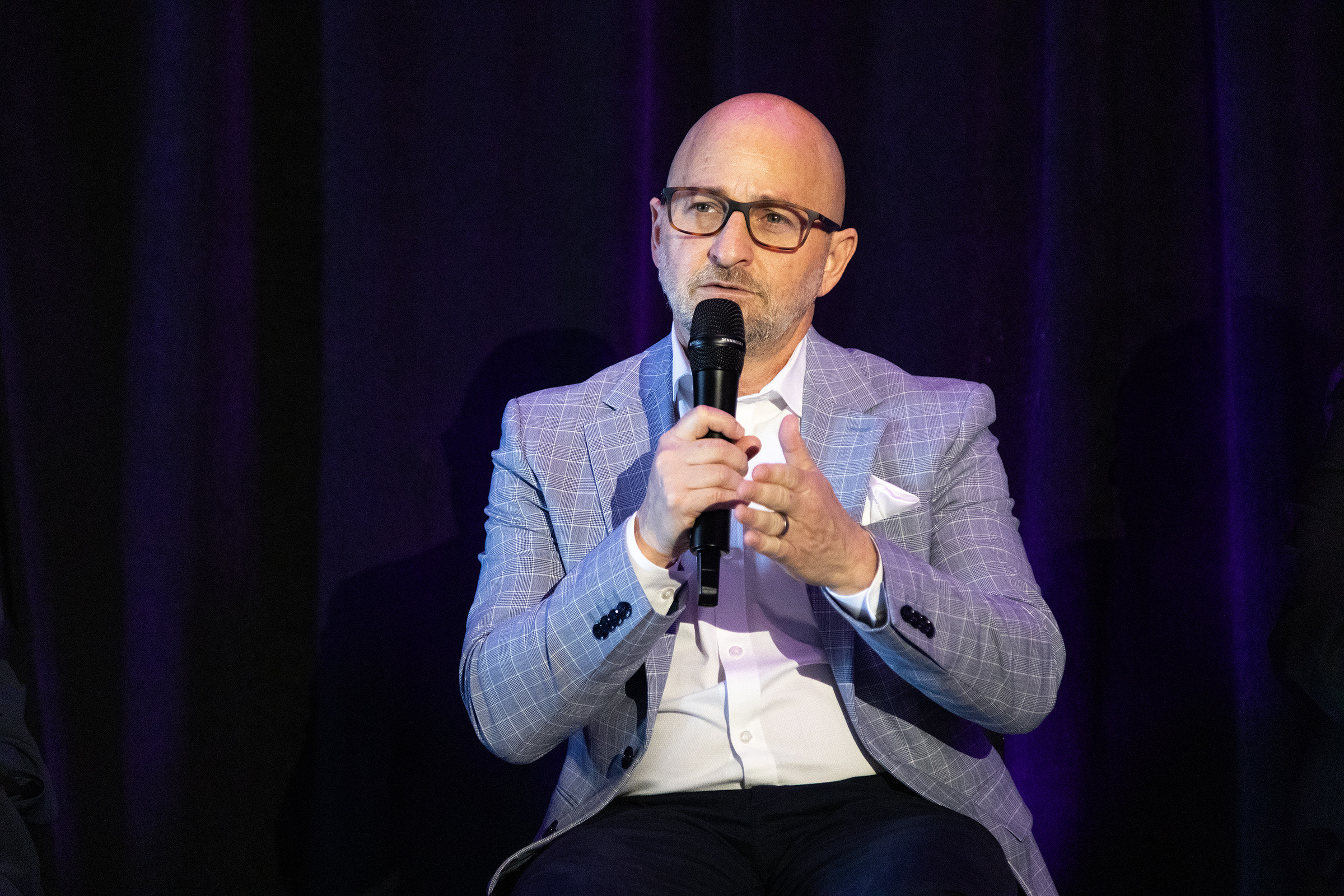Breaking down educational trauma through a competency-based online education and training model
Originally published as a two-part blog post by Cengage Learning.
 By Dr. Howard Liebman, Founder and Superintendent of Schools, Smart Horizons Career Online Education
By Dr. Howard Liebman, Founder and Superintendent of Schools, Smart Horizons Career Online Education
More than 30 million American adults lack a high school diploma, which severely limits their career, educational, financial, and social advancement opportunities. High school dropouts are more likely to live in poverty, be unemployed, go to prison, and make less money.1 How do we confront this overwhelming problem and re-engage these people back into the educational system? By addressing the educational trauma that impacted many of them in their previous high school experiences.
What Is Educational Trauma?
Some of my initial clinical social work experience focused on how people respond to trauma—generally with a “fight” or “flight” response. Educational trauma results when a one-size-fits-all academic system labels those who don’t “fit” as “failures.” These students tend to respond to educational failure by taking flight—and never returning.
Whether it stems from testing issues, different learning styles/abilities, financial realities, health problems, lack of subject matter applicability, overburdened/overstrained school systems, or a lack of family/school support, many of high school dropouts have had negative experiences and received negative feedback in their traditional school settings. Chronic “failure” messaging creates feelings of helplessness and disempowerment relative to the educational system.
A lifelong flight response to academic environments is particularly problematic for high school dropouts, whose very economic and social stability is premised upon their ability to increase their level of education.2
Reverse the Cycle by Boosting Confidence
When we established Career Online High School, it was with the idea of re-engaging adults back into the educational system and providing them with real-world, applicable skills to prepare them for the world of work. By understanding how students experience traumatic events and how they express their lingering distress, educators can better respond and design educational programs that address the trauma of origin. Here’s how.
Problem #1: Education Lacks Relevance to Students’ Lives and Needs
Solution: Make it Applicable
At Career Online High School, we have what we call an “upside-down” program model. Students start with their chosen career major first, before moving on to the core academic subjects. This means their first exposure to coursework is in an area that they have chosen (vs. being told it’s what they “have” to take), that interests them, and that they can apply to their real lives and careers. If you start them off in the same subjects they have “failed” previously, they are already coming in with fear, self-doubt, and a history of “I can’ts.” By reversing this, they’ve already experienced successes and built their sense of confidence by the time they get to the core subjects.
Then, we take the core subjects and make those applicable, too. For example, our students learn not just equations and formulas, but how to use them to solve common real-world problems. They learn financial literacy, money management, taxes, etc. They learn communication skills, how to thrive in a diverse society, and how to create a resume. As adults or young adults facing “adult” realities, most of our students are thirsty for this practical knowledge.
Problem #2: Culture of Failure
Solution: Focus on Success; Build Upon Wins
Many students who were unable to complete high school have been told, either directly or indirectly, that when it comes to school, they are failures. We believe that every student has the capacity to succeed when provided the right learning tools.
We don’t use “Fs” in our grading system. And we have lots of “benchmarks” so that students are constantly experiencing small wins and gains. Competency-, evidence-based learning means that our students must “show” they understand the material before they can move forward in a course. When they struggle with a topic, they are redirected to review the information in a new way.
It’s amazing how this culture of “success” can turn their mentality around. One of our academic coaches, Mary Corso, said it best: “The biggest reward working with populations that have experienced educational trauma is witnessing the transformative power of the right kind of education. When students stop seeing themselves as failures, their entire personality changes.”
Problem #3: Lack of Support
Solution: Provide Academic and Motivational Support
The big Career Online High School game changer is the human support element. Our academic coaching and student engagement model offers a high level of encouragement and motivation—and a personalized approach. We monitor student activity and performance constantly, and have a series of interventions based on engagement parameters.
While online delivery provides the convenience that our students need to balance jobs, families, and life responsibilities, we ensure that online does not equate to “alone.” We strive to make students feel valued, capable, and empowered. In addition, the program can be delivered through local workforce boards, public libraries, career colleges, corporations, school systems, and even correctional institutions, to provide a blend of onsite and online support that further increases student success.
Fight the Flight—Improve Student Retention
To deliver academic and career outcomes, we need to redress our students’ educational trauma and reverse that knee-jerk flight response by offering extensive and ongoing support in safe and trusting environments. We can fight the “flight” response that has been ingrained in students who had negative prior learning experiences and get them moving in a positive direction that will enhance their career opportunities and prepare them for the world of work.
When our students graduate, 81 percent of them report that their next step is postsecondary education. 81 percent!3 They come to us having been unable to earn a high school diploma. They leave us with the confidence, skills, and knowledge to earn their next credential to open more doors, and expand their opportunities.
1World Education Organization, Adult Ed Facts, www.worlded.org/WEIInternet/us/adult-ed-facts.cfm (accessed February 14, 2017).
2American Psychological Association, Poverty and High School Dropouts, www.apa.org/pi/ses/resources/indicator/2013/05/poverty-dropouts.aspx (accessed April 1, 2014).
3Based on graduate exit surveys, 2009–2016


